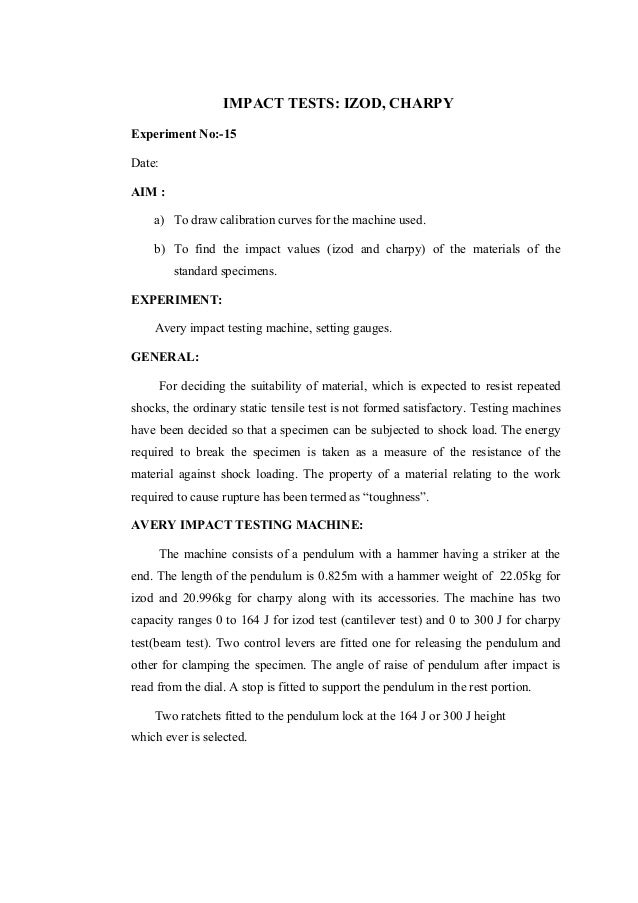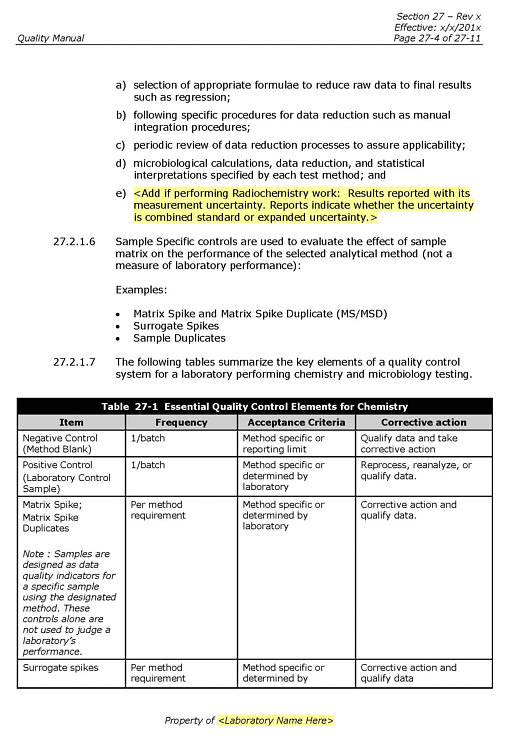Business Center
※ Download: Material testing lab manual
LTI performs the testing and can prepare test specimens for all types of mechanical testing including proof load, stress rupture, charpy impact, yield, bend, hardness, and much more. Both large and small samples and specimens can be analyzed and tested using the latest technology.

Compressions testing mac hine capable of applying lo ad of 40 tones, at a uniform rate of loading. The surface of the aggregates is levelled and the plunger inserted so that it rests on this surface in level position. Both of these persons try to optimize the quality standards and thus safety and quality as well. The purpose of this Pavement Design Manual is to provide the CDOT and consultanting designers with uniform and detailed procedures for designing pavements on CDOT highway projects.
Materials Testing, Nondestructive Testing & Calibration Services / Since 1984 - Aggregates used in road construction, should be strong enough to resist crushing under traffic wheel.

Aggregate crushing value test. To determine fineness modulus of a given sample of coarse aggregate. Los angles abrasion test. Specific gravity and water absorption test. To determine the elongation index for given sample of aggregate. To determine the flakiness index of given sample of aggregate. To determine the softening point for give sample of bitumen. The principal mechanical properties required in road stones are satisfactory resistance to crushing Under the roller during construction and adequate resistance to surface abrasion under traffic surface stresses under rigid tyre rims of heavily loaded animal, drawn vehicles ate high enough to consider the crushing strength of road aggregates as an essential requirement in India. Crushing strength of road stones may be determined either on aggregates or on cylindrical specimen cut out of rocks. These two tests are quite different in not only the approach but also in the expression the results. Aggregates used in road construction, should be strong enough to resist crushing under traffic wheel. The strength of coarse aggregates is assessed by aggregates crushing test. The aggregate crushing value provider. To achieve a high quality of pavement, aggregate possessing low aggregate crushing value should be preferred. The apparatus for the standard aggregate crushing test consists of the following: 1. Steel cylinder with ope n ends, and internal dia meter 25. Cylindrical measu re having internal diameter of 11. Steel temping rod w ith one rounded en d, having a diameter o f 1. Balance of capacity 3k g with acc uracy up to 1g. Compressions testing mac hine capable of applying lo ad of 40 tones, at a uniform rate of loading. The aggregate passing 12. The aggregate should be in surface-dry condition before testing. The aggregate may be dried by heating at a temperature 100°c to 110°C for a period of 4 hours and is tested after being cooled to room temperature. The cylindrical measure is filled by the test sample of aggregate in three layers of approximately equal depth, each layer being tamped 25 times by the rounded end of the tamping rod. After the third layer is tamped, the aggregates at the top of the cylindrical measure are levelled off by using the tamping rod as a straight edge. The test sample thus taken is then weighed. The same weight of the sample is taken in the repeat test. The cylinder of the test apparatus is placed in position on the base plate; one third of the test sample is placed in this cylinder and tamped 25 times by the tamping rod. Similarly, the other two parts of the test specimen are added, each layer being subjected to 25 blows. The total depth of the mater in the cylinder after tamping shall however be 10 cm. The surface of the aggregates is levelled and the plunger inserted so that it rests on this surface in level position. The cylinder with the test sample and plunger in position is placed on compression testing machine. Load is then applied through the plunger at a uniform rate of 4 tones per minute until the total load is 40 tones, and then the load is released. Aggregates including the crushed portion are removed from the cylinder and sieved on a 2 36 mm IS Sieve.
The aggregate crushing value provider. The total depth of the mater in the cylinder after tamping shall however be 10 cm. To determine fineness modulus of a given sample of coarse aggregate. Mechanical testing measures the strength and ductility of materials under various conditions, such as temperature, tension, compression and load. Tests on Cement 2. Los angles abrasion test. The strength of coarse aggregates is assessed by aggregates crushing test.




